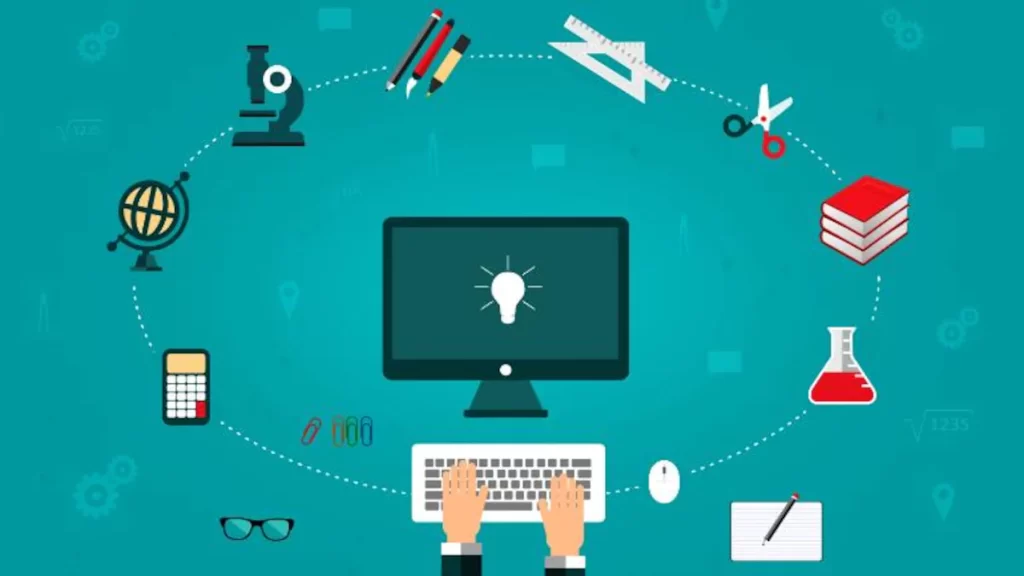The process by which scientific knowledge is translated into practical use is known as technology. People constantly experiment with new ideas and produce different forms of technology. Technology in general aims to make the lives of people easier. Some examples of technology include the internet and cellular phones. Although technology often overlaps, there are six broad categories:
Most people use some form of technology every day. Different types of technology serve different purposes and make certain processes easier or faster. Understanding the different types of technology can improve your everyday life and help you develop career interests in this field. There are many examples of technology in the workplace. Below are some of the main types of technology:
Dystopian literature often critiques technology. Works by George Orwell, Anthony Burgess, and Aldous Huxley are considered dystopian literature. Faust by Goethe is also considered a metaphor for industrial technology. Other authors, such as William Gibson and Philip K. Dick, have also written dystopian science fiction, and the movie Blade Runner is often considered a cautionary attitude toward technology. For example, a dystopian version of a dystopian society is not only a fantasy but a reality for some people.
Successful technology transfer can boost national and regional economies, improve the quality of life for individuals and society, and generate revenue for further research. In particular, it is crucial for SMEs because it can leverage external expertise and research to develop new products and services for the marketplace. By transferring new technologies, these SMEs can be competitive with larger companies. This can help them form alliances with other businesses and reduce financial risks. It also helps them develop new products and services, including the ability to sell these to consumers.
The first productivity boom followed the industrial revolution, when industrial robots became widely available. The second productivity boom followed when complex organizations learned to harness electricity. In a similar way, IT has brought with it two waves. The first wave of IT came as a component of big companies’ business operations, while the second phase saw small businesses add it to their existing businesses. For example, when a computer manufacturer developed artificial intelligence software for manufacturing, the outside world assumed that the software was ready to use before the technology was ready. This sparked questions among the intended users of the software.
The second step in the process of new technology implementation is to involve opinion leaders. Though an innovation is not easy to implement, a champion can help smooth its path. The champion can act as a ‘change agent’ who marshals his or her forces to win over opposition. The champion must also cultivate support, as opposition can be fierce. Usually, the main reasons for opposition to the new technology are lack of personal benefit and fear of losing skills.
Television is another example of technology that has been a huge influence on our daily lives. Most televisions receive audiovisual content via cable wire or the internet. People all over the world can interact, share information, and share it. Many of us depend on televisions to be our primary source of communication, but the Internet is transforming the world. With so many ways to communicate, we’ve become addicted to the digital world. So, what exactly is the role of television?






More Stories
Scraping Without Proxies? Here’s When It Actually Works (And When It Definitely Doesn’t)
How to Choose the Best Data Recovery Software
Top One Technology Trends